Home>Furniture>Living Room Furniture>How To Restuff Attached Couch Cushions
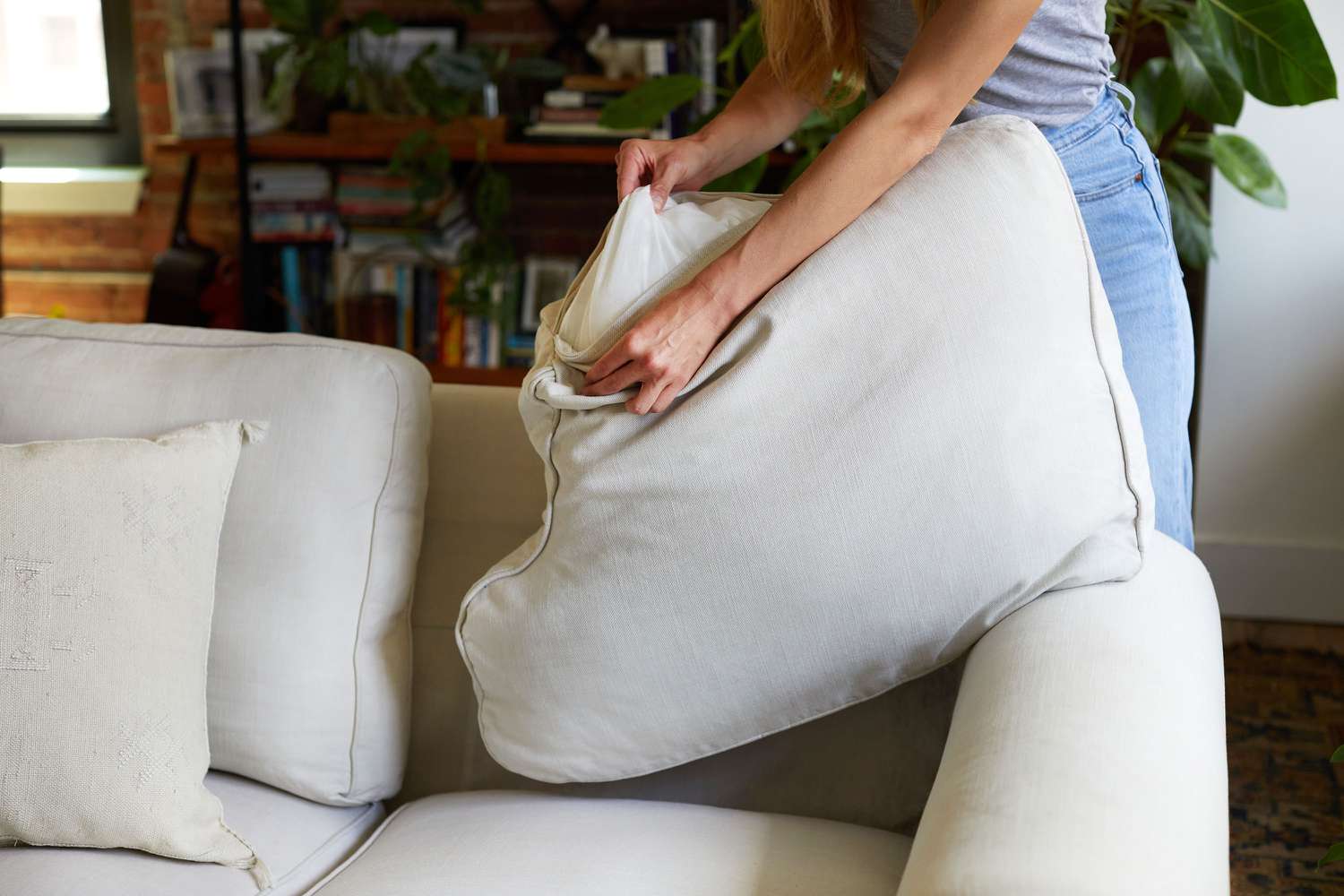

Living Room Furniture
How To Restuff Attached Couch Cushions
Modified: March 16, 2024
Learn how to restuff your attached couch cushions with this step-by-step guide. Enhance the comfort and appearance of your living room furniture with ease.
(Many of the links in this article redirect to a specific reviewed product. Your purchase of these products through affiliate links helps to generate commission for Storables.com, at no extra cost. Learn more)
Introduction
When it comes to our living room furniture, few things are as essential and comfortable as our couches. They provide the perfect spot for relaxation, movie nights, and gathering with friends and family. Over time, however, you may notice that the cushions on your attached couch start to lose their plumpness and support. This can make your couch less comfortable and visually unappealing.
Luckily, there’s a simple solution to this problem: restuffing the attached couch cushions. By following a few easy steps, you can bring back the comfort and beauty of your couch, making it feel like new again. In this guide, we will walk you through the process of restuffing attached couch cushions to help you revive your beloved living room centerpiece.
Restuffing attached couch cushions requires some basic materials, a bit of patience, and a love for DIY projects. Whether you’re a seasoned DIY enthusiast or just starting out, this project is suitable for all skill levels. So, let’s get started and transform your sagging cushions into plush seats that you’ll love to sink into!
Before we begin, it’s essential to note that the specific steps and techniques may vary depending on the type of couch cushions you have. Make sure to carefully read through the manufacturer’s instructions or consult with a professional if you have any doubts.
Now, let’s gather our materials and get ready to restuff those attached couch cushions!
Key Takeaways:
- Revive your couch’s comfort and beauty by restuffing attached cushions. Gather materials, remove old stuffing, measure and prepare new stuffing, restuff cushions, secure them, and reattach for a fresh look.
- Restuffing attached couch cushions is a simple DIY project suitable for all skill levels. Follow the steps to bring back the comfort and visual appeal of your beloved living room centerpiece.
Step 1: Gather Materials
Before you can start restuffing your attached couch cushions, you’ll need to gather the necessary materials. Here’s a list of what you’ll need:
- Replacement stuffing: Depending on the type of cushion you have, you may need foam inserts, polyester fiberfill, or a combination of both. Measure your cushions beforehand to ensure you purchase the right amount of stuffing.
- Zippered cushion covers: If your cushions have zippered covers, make sure to have replacement covers on hand. This will allow for easy removal and restuffing later on.
- Scissors: These will be used to cut open the cushions and trim any excess stuffing.
- Measuring tape: To accurately measure the dimensions of your cushions and the amount of replacement stuffing needed.
- Marker or pen: This will be used to mark any cuts or measurements on the cushions.
- Safety pins or sewing supplies: These will help secure the cushions and hold everything in place during the restuffing process.
- Vacuum cleaner or lint roller: Before restuffing, it’s a good idea to clean your old cushions and remove any debris or lint.
Make sure to gather all these materials before you begin the restuffing process. Having everything prepared will help streamline the project and ensure a smooth experience.
Now that you have all your materials ready, it’s time to move on to step 2: removing the old cushion stuffing.
Step 2: Remove Old Cushion Stuffing
Now that you have your materials ready, it’s time to remove the old cushion stuffing from your attached couch cushions. Follow these steps to ensure a successful removal process:
- Prepare your workspace: Find a spacious area where you can lay out the cushions and work comfortably. Clear any clutter or obstacles to make the process easier.
- Locate the zipper or closure: If your cushions have removable covers, locate the zipper or closure that allows you to access the inside of the cushion. If there is no visible zipper, inspect the seams for any stitching that can be undone.
- Open the cushion: Carefully unzip the cushion cover or remove any stitching that holds it together. Take your time to avoid damaging the cover or the cushion itself.
- Remove the old stuffing: Once the cushion is open, gently pull out the old stuffing. You may find foam pieces, polyester fill, or a combination of both. Place them aside for disposal or reuse, depending on their condition.
- Inspect the cushion cover: Take a moment to inspect the cushion cover for any damage or wear. If the cover is in good condition, set it aside for later use. If it’s damaged, make a note to either repair it or purchase a replacement cover.
Removing the old cushion stuffing can be a messy process, so it’s a good idea to have a garbage bag or bin nearby to dispose of the unwanted materials. If the cushions are dirty or stained, you can use a vacuum cleaner or lint roller to remove any debris or lint before proceeding with the restuffing process.
With the old stuffing removed and the cushion cover inspected, you’re now ready to move on to step 3: measuring and preparing the new stuffing.
Step 3: Measure and Prepare New Stuffing
Now that you have removed the old cushion stuffing, it’s time to measure and prepare the new stuffing for your attached couch cushions. Follow these steps to ensure a proper fit and optimal comfort:
- Measure the cushion dimensions: Use a measuring tape to determine the length, width, and depth of your cushion. Make sure to measure all sides and record the measurements accurately.
- Choose the appropriate replacement stuffing: Depending on the type of cushion you have, you may need foam inserts, polyester fiberfill, or a combination of both. Consider the level of comfort and support you desire when selecting your replacement stuffing.
- Cut the new stuffing: Using your measurements as a guide, cut the replacement stuffing to fit the dimensions of your cushion. Use scissors or a utility knife to make clean, straight cuts.
- Layer the stuffing for optimal comfort: If you’re using a combination of foam inserts and polyester fiberfill, start by placing a layer of foam at the bottom of the cushion. This will provide a solid base for support. Then, add layers of polyester fiberfill on top for a softer and more cushioned feel.
- Adjust the stuffing thickness: Depending on your preferences, you may want to adjust the thickness of the stuffing. Add or remove layers of fiberfill to achieve your desired level of comfort. Remember to evenly distribute the stuffing to ensure a uniform and balanced feel.
Take your time during this step to ensure that the new stuffing is cut to the correct dimensions and layered properly. Consider testing the thickness and firmness of the cushion by sitting on it or pressing down with your hands. Adjust the stuffing as needed to achieve the desired level of comfort.
With the new stuffing prepared, it’s time to move on to step 4: restuffing the cushions for a plump and comfortable result.
Use a zipper to open the cushion and add new stuffing like foam or batting to plump it up. Make sure to distribute the stuffing evenly for a comfortable seat.
Step 4: Restuff the Cushions
Now that you have prepared the new stuffing for your attached couch cushions, it’s time to restuff them. Follow these steps to ensure a smooth and successful restuffing process:
- Open the cushions: If you had previously closed the cushions after removing the old stuffing, unzip or undo any stitching to open them up again.
- Start with the bottom cushion: Begin by inserting the new stuffing into the bottom cushion first. Take small amounts of the stuffing and gradually fill the cushion, making sure to distribute it evenly. Use your hands to fluff and shape the stuffing as you go.
- Achieve the desired level of firmness: Depending on your preferences, you may want to adjust the level of firmness of the cushion. Add more stuffing for a firmer feel or remove some for a softer, more relaxed seat.
- Fill the top cushion: Once the bottom cushion is fully stuffed, move on to the top cushion. Repeat the same process of gradually adding and shaping the stuffing until it reaches your desired level of comfort.
- Smooth out any unevenness: Use your hands to smooth out any lumps or unevenness in the stuffing. Ensure that the cushions have a uniform appearance and feel.
It’s important to note that the amount of stuffing needed may vary depending on the size and shape of your cushions. Adjust the quantity of stuffing accordingly to achieve the perfect fit and level of comfort.
Take your time during the restuffing process and make sure that the cushions are filled evenly. This will ensure a plump and comfortable result that will enhance your sitting experience on the couch.
With the cushions properly restuffed, it’s time to move on to step 5: securing the cushions to keep the stuffing in place.
Read more: How To Reupholster Attached Couch Cushions
Step 5: Secure the Cushions
After restuffing your attached couch cushions, it’s important to secure them properly to keep the new stuffing in place. Follow these steps to ensure that your cushions stay plump and comfortable:
- Check for any loose seams: Inspect the cushion covers for any loose or frayed seams. If you find any, use a needle and thread to sew them securely, ensuring that the stuffing won’t escape.
- Use safety pins: If your cushion covers have zippers, you can secure them closed using safety pins. Insert the pins through the fabric near the zipper, making sure they are hidden from view.
- Try upholstery pins or hook and loop fasteners: For cushions without zippered covers, you can use upholstery pins or hook and loop fasteners to hold the fabric together. These options provide a secure closure without the need for sewing.
- Trim any excess fabric: If there is any excess fabric around the edges of the cushion covers, use scissors to carefully trim it, giving the cushions a neat and polished appearance.
- Smooth and adjust the cushions: Once the cushions are secured, give them a final fluff and adjustment. Smooth out any wrinkles or unevenness in the fabric, ensuring that the cushions have a clean and well-fitted look.
Securing the cushions is crucial to prevent the stuffing from shifting and to maintain their plumpness over time. By following these steps, you’ll ensure that the cushions stay in place, providing optimal comfort and visual appeal.
With the cushions securely fastened, you’re now ready to move on to the final step: reattaching the couch cushions for a refreshed and rejuvenated look.
Step 6: Reattach the Couch Cushions
After restuffing and securing the individual cushions, it’s time to reattach them to your couch for a finished and polished look. Follow these steps to successfully reattach the couch cushions:
- Locate the attachment points: Examine your couch to identify the attachment points for the cushions. These may be Velcro strips, snaps, or other fastening mechanisms.
- Align the cushions: Place the bottom cushion in its designated spot, aligning it with the attachment points. Make sure it fits securely and sits evenly on the couch.
- Attach the cushions: If your couch uses Velcro strips or snaps, press the cushion firmly against the attachment points to secure it in place. If there are other fastening mechanisms, follow the manufacturer’s instructions to properly attach the cushions.
- Repeat for the top cushion: Once the bottom cushion is attached, repeat the process for the top cushion. Align it with the corresponding attachment points and secure it in place.
- Ensure a snug fit: Adjust the cushions as needed to create a snug and seamless fit. Ensure that there are no gaps or loose areas between the cushions and the couch frame.
When reattaching the couch cushions, take your time to ensure a proper fit. This step is essential to achieve a cohesive and polished look for your couch.
With the cushions securely reattached, take a step back and admire your work. Your attached couch cushions are now restuffed, comfortable, and visually appealing.
Congratulations! You have successfully completed the process of restuffing your attached couch cushions. Not only have you revived the comfort of your couch, but you have also given it a fresh and rejuvenated appearance.
Remember to regularly fluff and adjust your cushions to maintain their comfort and plumpness over time. By caring for your couch cushions, you can continue to enjoy a cozy and inviting living room centerpiece for years to come.
Thank you for following this guide, and we hope you enjoy your newly restuffed attached couch cushions!
Is there anything else I can assist you with?
Conclusion
Restuffing attached couch cushions is a simple and rewarding DIY project that can breathe new life into your living room furniture. By following the steps outlined in this guide, you can reclaim the comfort and beauty of your couch, making it the perfect spot for relaxation and gathering with loved ones.
Throughout this process, we covered the essential steps to successfully restuff attached couch cushions. We started by gathering the necessary materials, including replacement stuffing, zippered cushion covers, scissors, measuring tape, and safety pins or sewing supplies. With these in hand, we then proceeded to remove the old cushion stuffing, measure and prepare the new stuffing, restuff the cushions, secure them in place, and finally reattach them to the couch.
Each step plays a crucial role in achieving optimal results. Taking the time to measure accurately, select the right stuffing, and evenly distribute it ensures a comfortable seat with a professional finish. Securing the cushions properly helps maintain the plumpness and prevent shifting of the stuffing over time. And reattaching the cushions gives your couch a cohesive and polished look.
With your newly restuffed attached couch cushions, you can once again enjoy the ultimate comfort and support that your couch was designed to provide. Whether you’re lounging alone with a good book or hosting a movie night with friends, your couch will be the perfect companion.
Remember to periodically fluff and adjust your cushions to maintain their shape and comfort. Regular care and maintenance will extend the lifespan of your cushions and keep them looking and feeling great for years to come.
We hope this guide has been informative and helpful in your journey to revive your attached couch cushions. Now, sit back, relax, and enjoy the enhanced comfort and beauty of your newly restuffed couch.
Should you have any further questions or need assistance with other home improvement projects, feel free to reach out. Happy restuffing!
Frequently Asked Questions about How To Restuff Attached Couch Cushions
Was this page helpful?
At Storables.com, we guarantee accurate and reliable information. Our content, validated by Expert Board Contributors, is crafted following stringent Editorial Policies. We're committed to providing you with well-researched, expert-backed insights for all your informational needs.
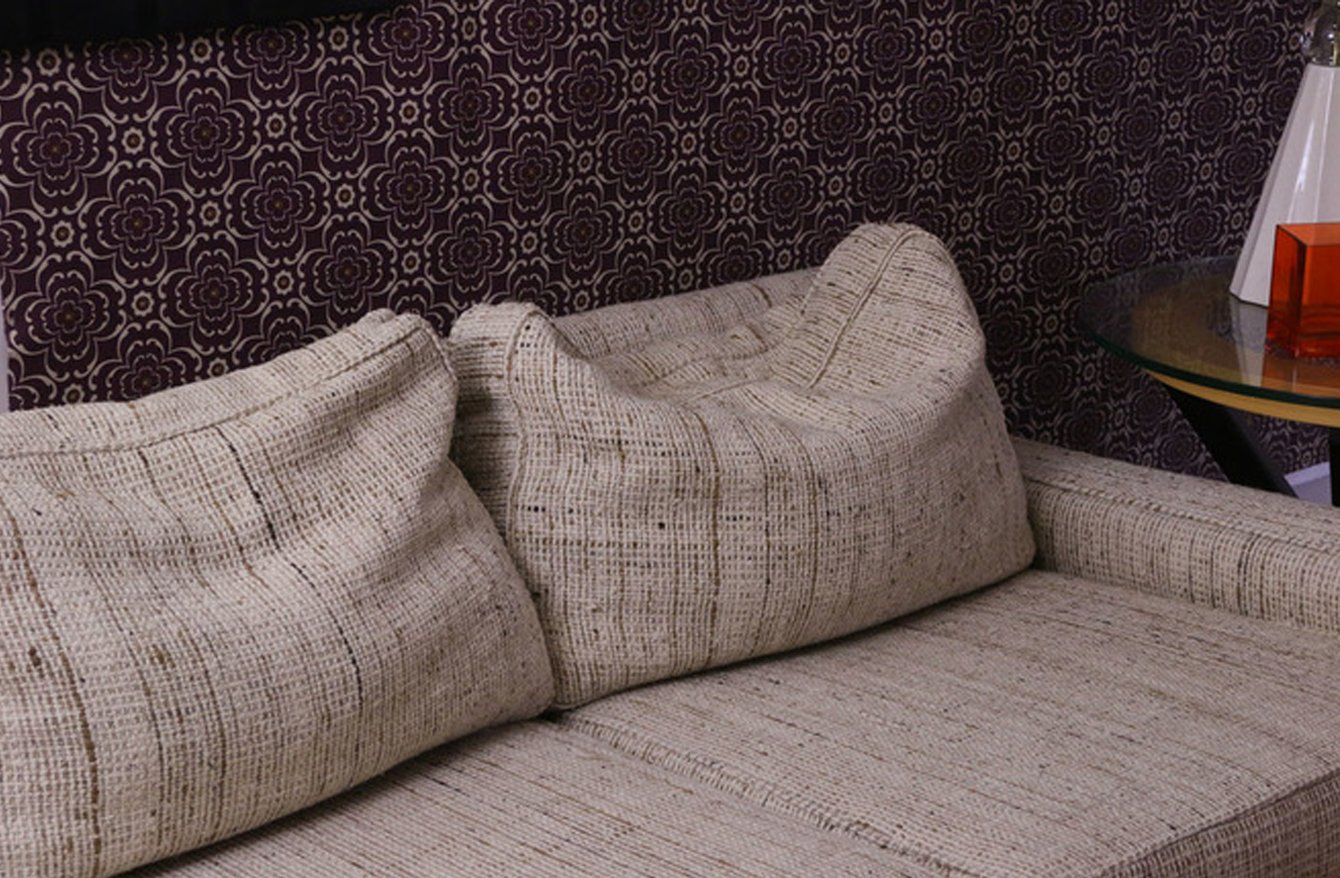

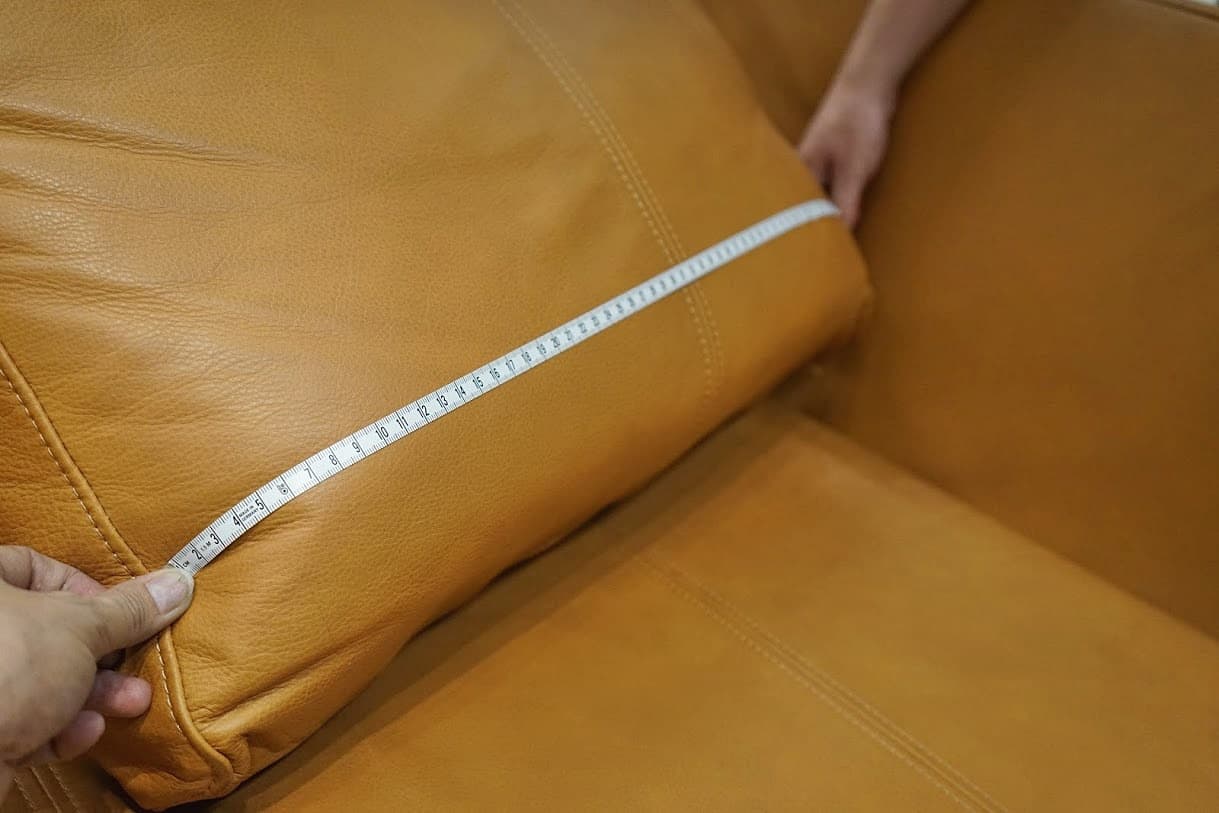




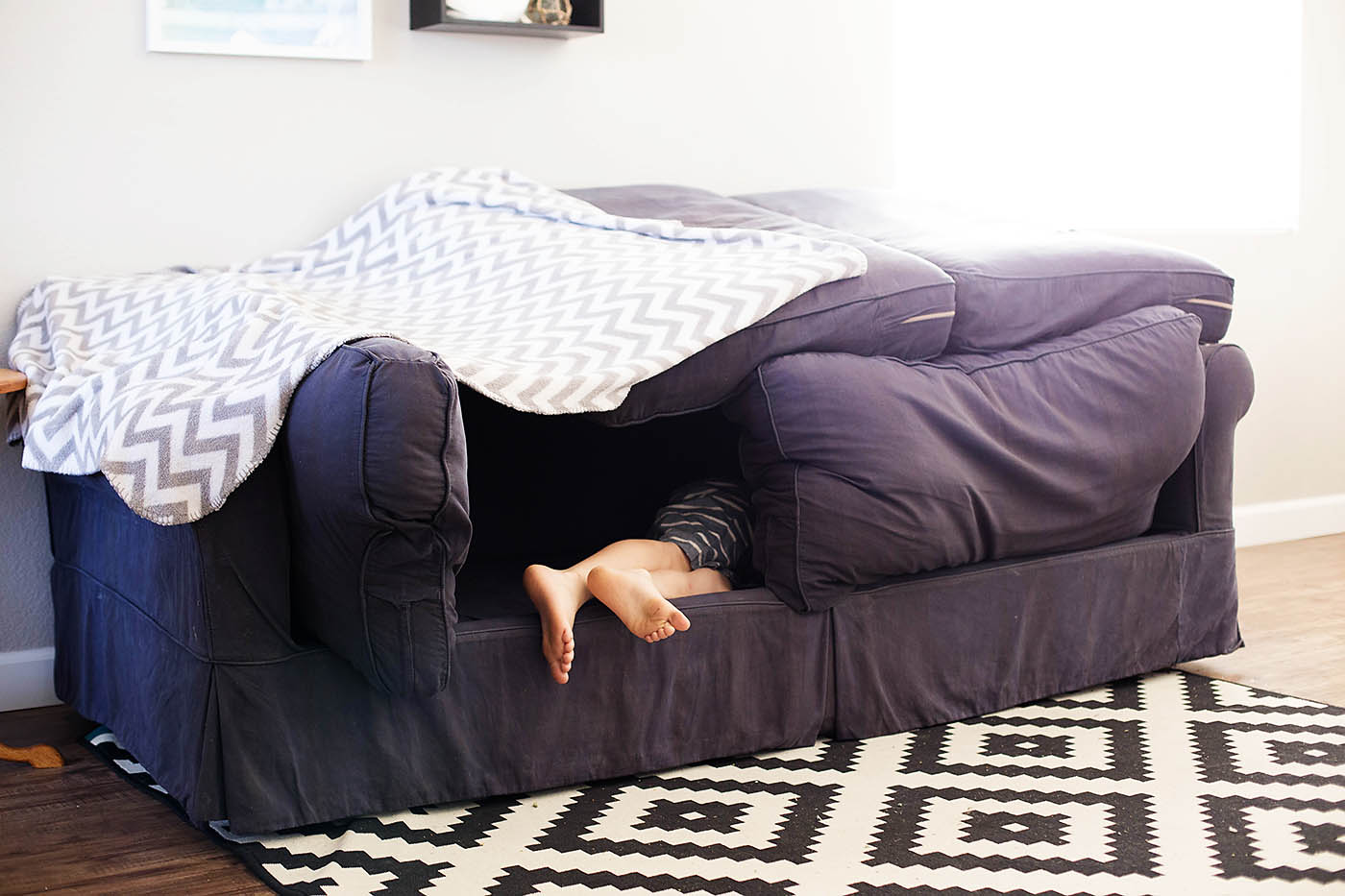
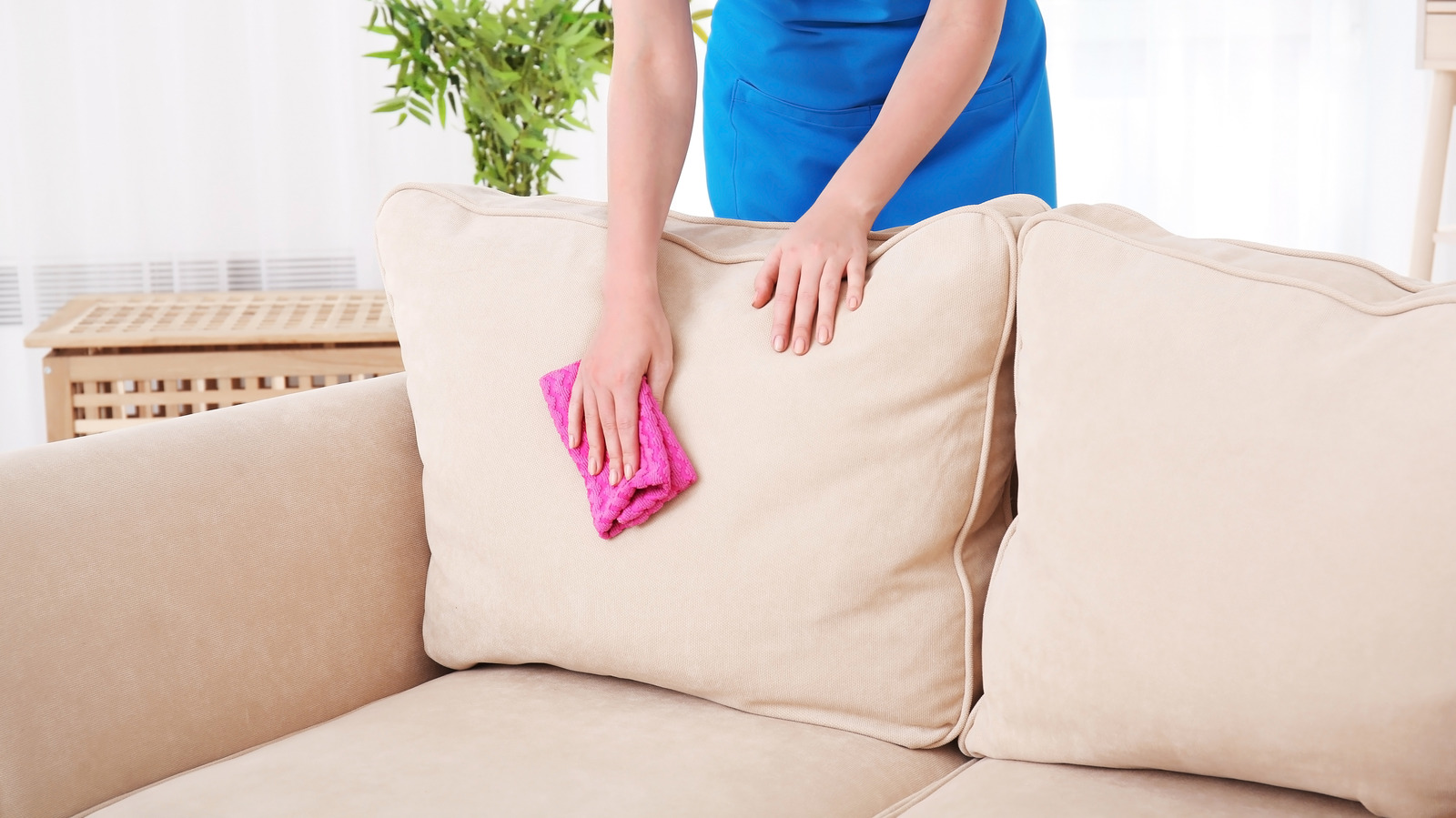
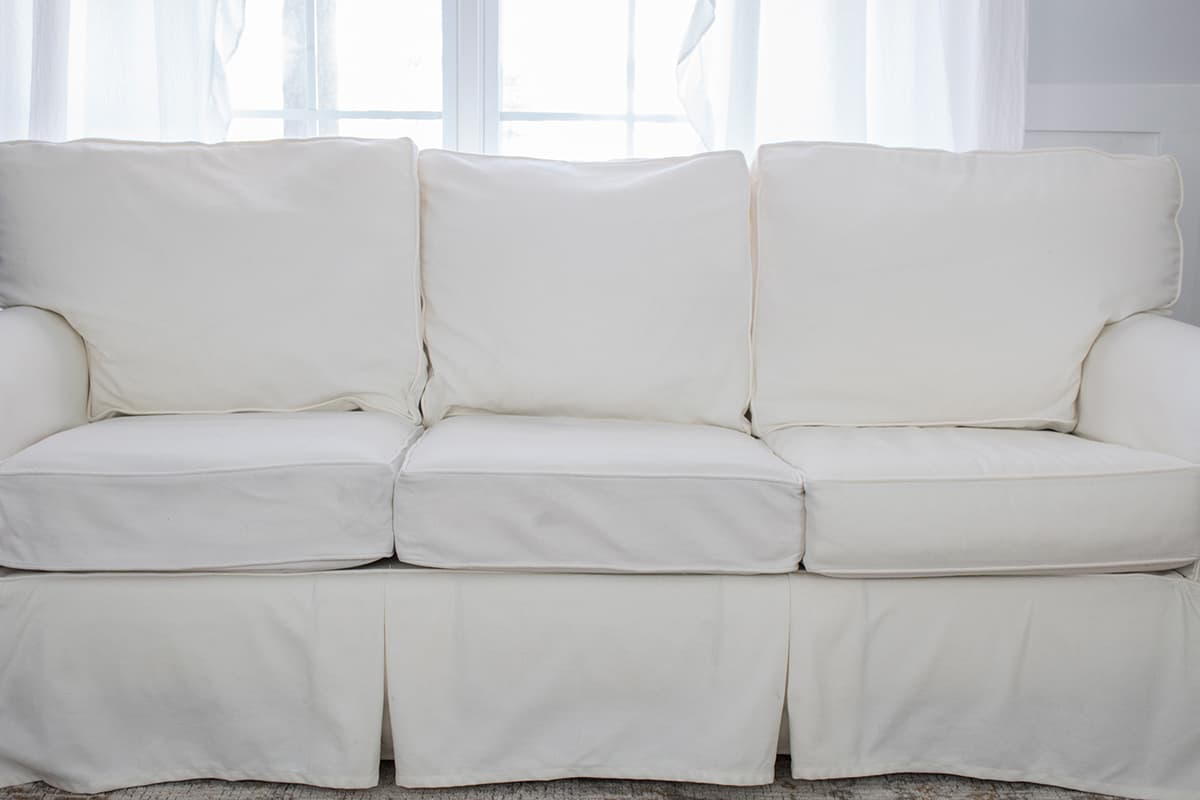
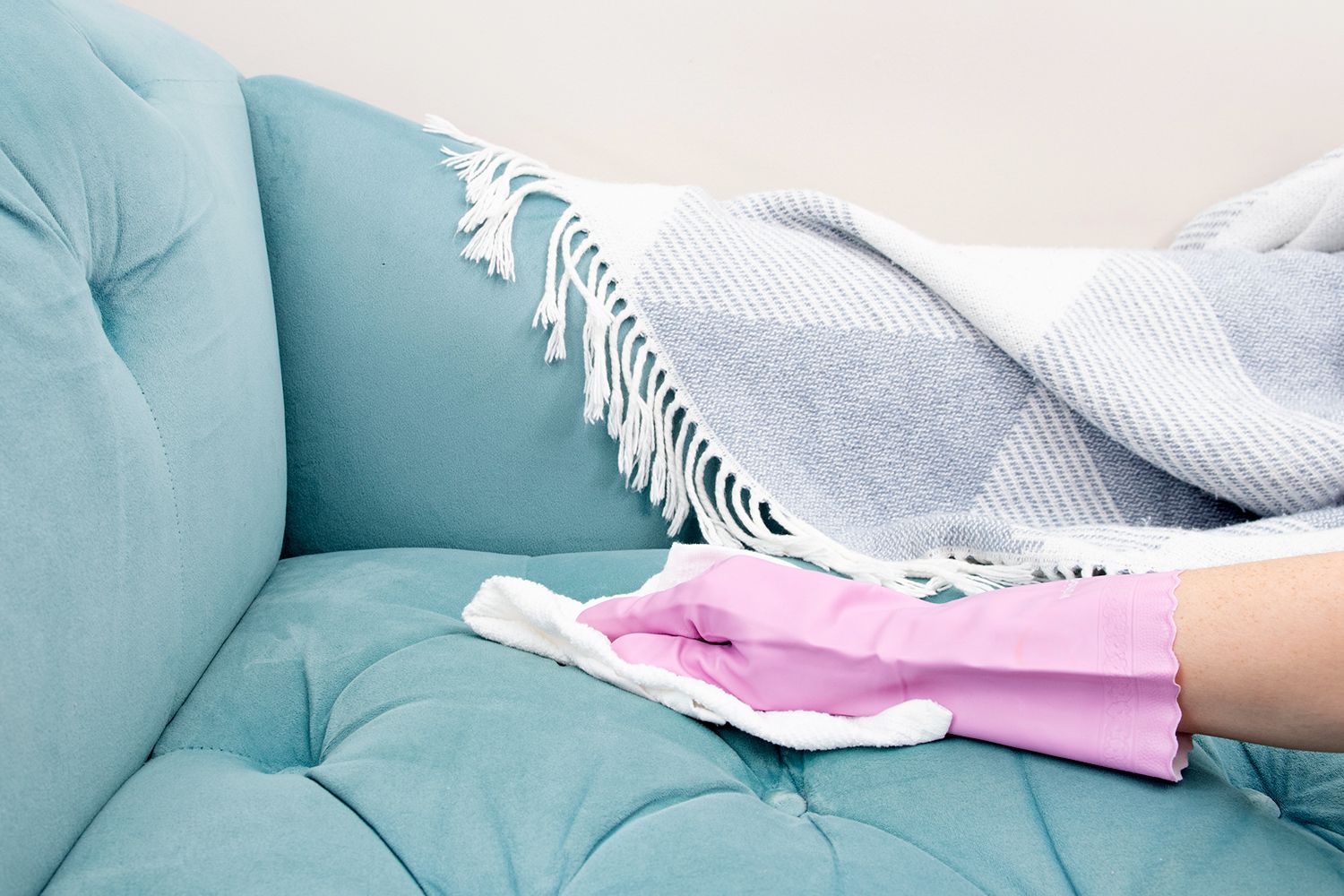
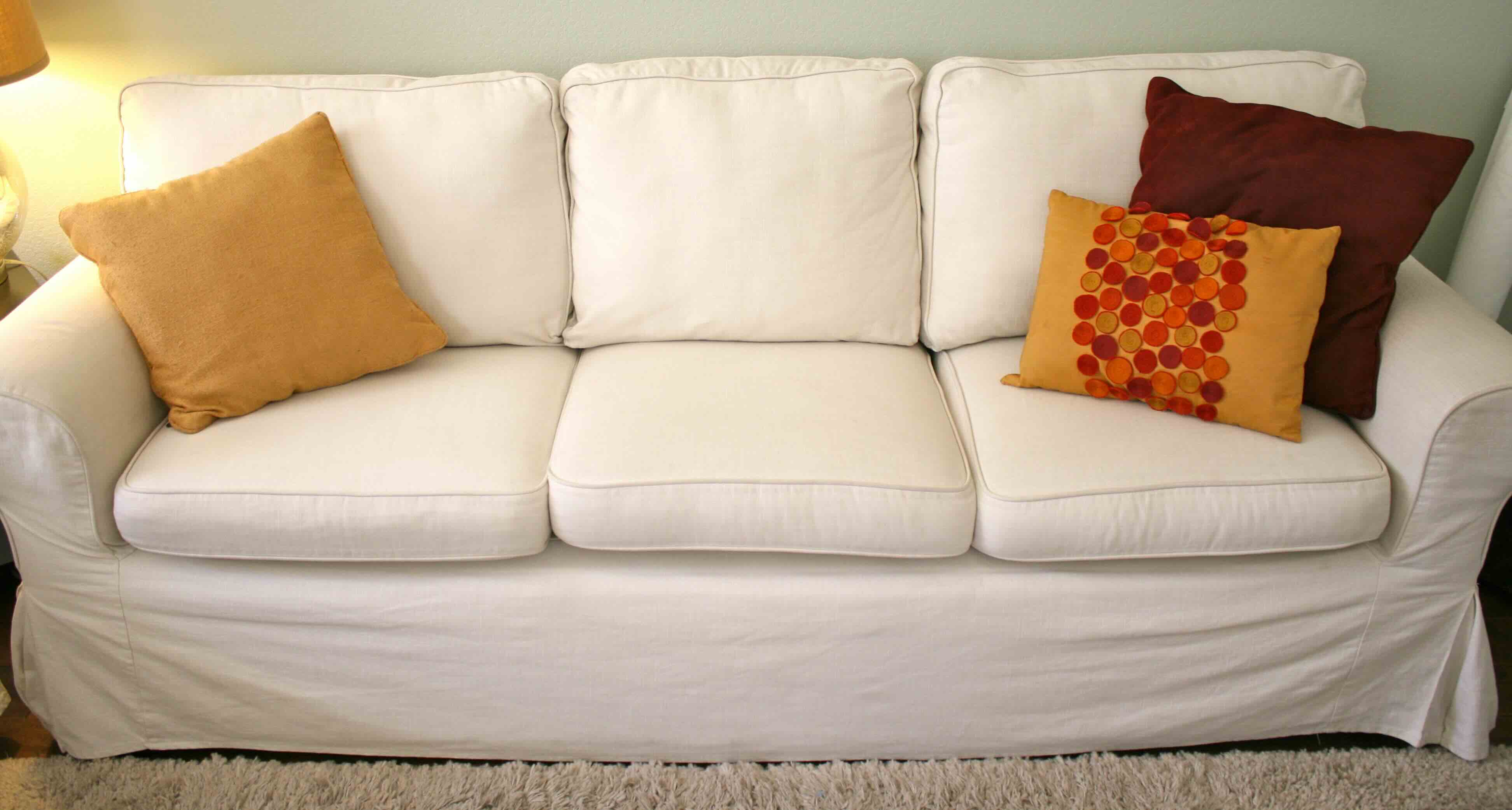
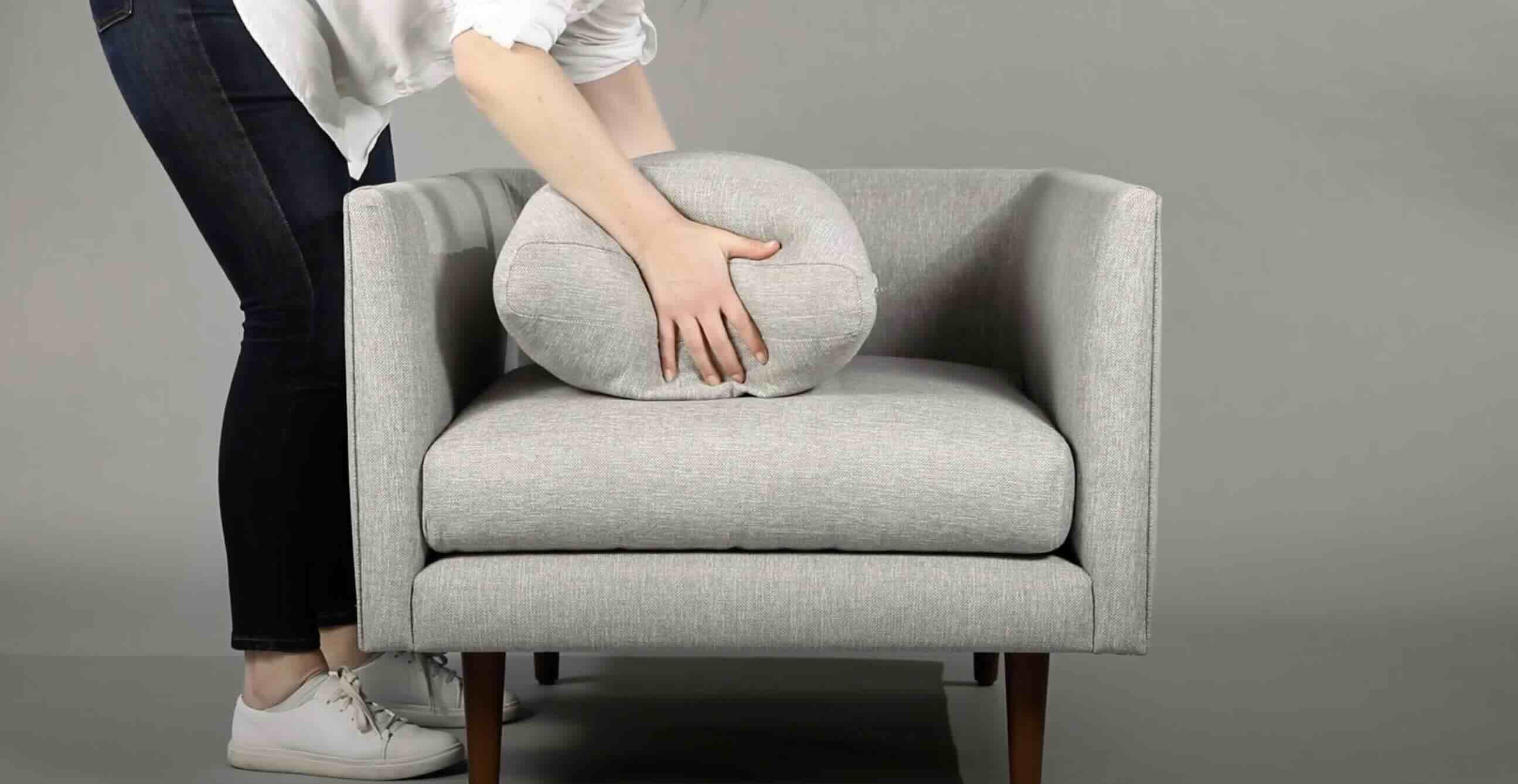


0 thoughts on “How To Restuff Attached Couch Cushions”